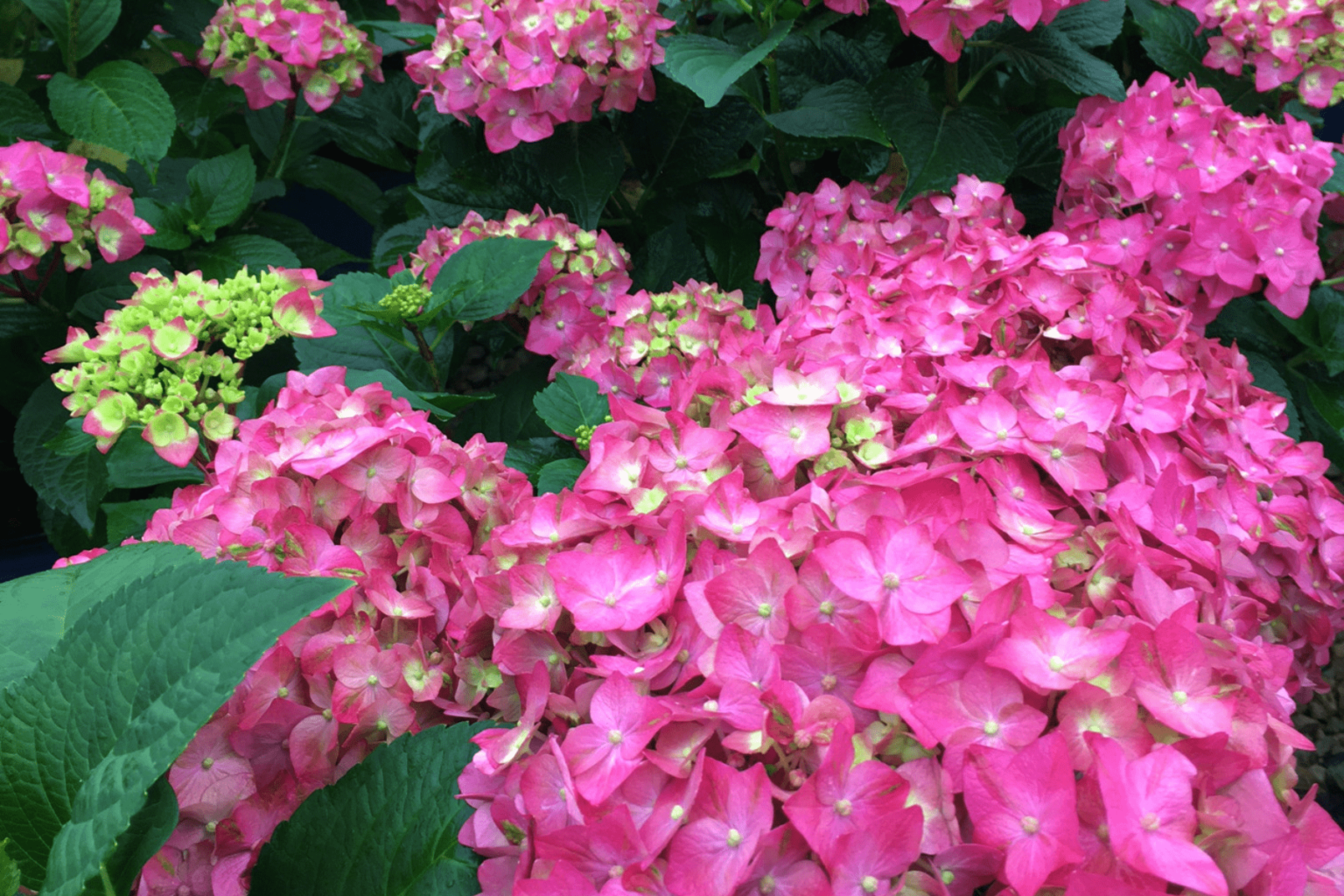Every plant blooms on either “old wood” or “new wood.” While this distinction is often used to describe when to prune hydrangeas, knowing the difference helps determine the right time to prune any flowering shrub. This knowledge will ultimately enhance your gardening skills with both old and new wood varieties.
Understanding Old Wood vs. New Wood Plants
Pruning at the wrong time won’t harm your hydrangea. However, knowing the difference between old wood and new wood plants will guarantee your garden is full of spectacular hydrangea blossoms.
“Old wood” refers to plants that produce flower buds on the previous year’s growth.
To identify old wood plants in your garden, look for vegetative buds that develop at the end of each year’s stem growth. These buds expand and leave behind scars, which serve as markers between old and new growth. Additionally, you may notice a subtle difference in stem color between the previous year’s growth and the current season’s growth.
In contrast, “new wood” plants produce flower buds on the current year’s growth.

Common Old Wood Plants Grown in St. Louis Gardens
- Azalea
- Forsythia
- Hydrangea macrophylla (Bigleaf Hydrangea)
- Hydrangea quercifolia (Oakleaf Hydrnagea)
- Hydrangea serrata (Mountain Hydrangea)
- Lilac
- Viburnum (most)
- Most spring flowering shrubs

Common New Wood Plants Grown in St. Louis Gardens
- Butterfly Bush
- Crape Myrtle
- Hydrangea arborescens (Smooth Hydrangea)
- Hydrangea paniculata (Panicle Hydrangea)
- Potentilla
- Rose-of-Sharon
- Spirea japonica
Pruning Schedule for Old Wood and New Wood Plants
Knowing whether your plant blooms on old wood or new wood will help you create a pruning schedule that will ensure abundant, vibrant blooms during the growing season.
For plants that bloom on old wood, prune within three weeks after their flowers fade. In St. Louis, this means the pruning of all spring-flowering plants should be completed before the end of June.
The best time to prune new wood flowering shrubs is in late winter or early spring, before they push fresh growth. A warm day towards the end of March is the ideal time to prune new wood plants in St. Louis.

Re-blooming Flowering Shrubs
Re-blooming plants, such as the Endless Summer Hydrangea, bloom on both old and new wood. This means that in warmer climates or after a mild winter, your stems from the previous year will produce flowers, followed by flowers from the new season’s growth.
Plants produce the most prolific blooms when left unpruned. However, if pruning is necessary to control size, do so after the first wave of blooms. For azaleas and lilacs, this typically occurs in spring.
Prune summer-flowering Hydrangea macrophylla and serrata immediately after their main flowering period ends. This may mean removing some newer flowers—a challenge for many gardeners. The silver lining? You’ll have the opportunity to create a stunning floral arrangement as a spectacular bonus.
Understanding the distinction between old wood and new wood plants is crucial for proper pruning. This knowledge helps your garden thrive and produce stunning blooms. By grasping the difference between old and new wood, you can make informed decisions about your plants’ care, ensuring their health and beauty.



